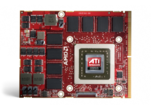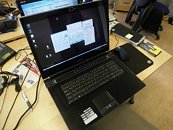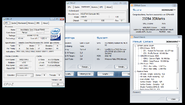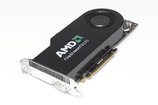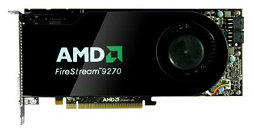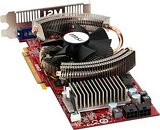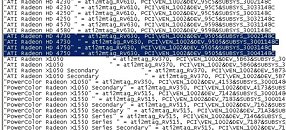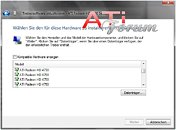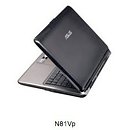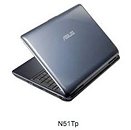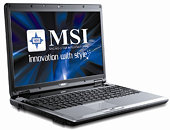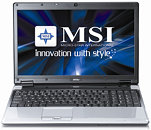
Mobility Radeon HD 4570 Sneaks In
Close to ten days before ATI's Mobility Radeon HD 4000 series rolls out at the upcoming CeBIT event, one of its eggs seems to have hatched a little early. Dell's Indian website has already started listing it in the specifications of the Studio 15 notebook. Enter Mobility Radeon HD 4570. This mGPU is derived from the 55 nm RV710 graphics processor, and intends to be a handy performance boost over integrated graphics. It features 80 stream processors, 8 texture memory units, and 4 raster operations units. It connects to GDDR3, DDR2 memory using its 64-bit wide memory bus. The card used in Dell's Studio 15 sports 256 MB of memory. The mGPU is expected to outperform competing NVIDIA G110M by 20~30%, while keeping its TDP rating at a mere 13 W. Once formally announced, one could expect to hear more about this mGPU.



